Carbon black applications
As an indispensable chemical raw material, carbon black has properties such as reinforcement, coloring, conductivity, light resistance, chemical resistance, and high temperature resistance. It is widely used in automobile tires, inks, coatings, batteries and other raw materials.
In inks, coatings, plastics and other products, carbon black is used as a coloring pigment, which can provide good color and hiding power and improve some properties of coatings.
Characteristics of carbon black
1. Particle size
Pigment carbon black can be divided into four types according to blackness or tinting intensity and particle size: high pigment carbon black, medium pigment carbon black, ordinary pigment carbon black and low pigment carbon black. Generally speaking, the smaller the particle size, the better the blackness and the higher the blue phase, but at the same time it requires longer dispersion time, greater dispersion shear force, and more dispersant dosage.
2. Structure
The structure includes oil absorption value and specific surface area. Generally speaking, the higher the structure, the higher the oil absorption value, the larger the specific surface area, the more difficult it is for carbon black to disperse, and the higher the system viscosity.
3. Surface treatment
The surface of carbon black without surface treatment does not have any polar groups, and the dispersant cannot be anchored to the surface of carbon black. Different carbon blacks have different groups and acid-base properties after surface treatment. The higher the degree of treatment, the better the stability of carbon black dispersion, and the higher the coloring power and brightness of carbon black.
Carbon black dispersant selection
High molecular weight dispersant
According to the molecular weight of dispersants, dispersants can be divided into two categories: high molecular weight and low molecular weight. Inorganic pigments have an ionic structure and high surface polarity, so the adsorption of dispersants is relatively easy. Carbon black and organic pigments are crystals composed of non-polar molecules and therefore have non-polar surfaces, making it difficult for low molecular weight dispersants to adsorb.
Compared with low molecular weight dispersants, the characteristics of high molecular weight dispersants are:
(1) The molecular weight is much larger, so it has the characteristics of resin. It has a large number of pigment affinity groups in the molecular structure, so it can form a strong and long-lasting adsorption layer on organic pigments.
(2) On the other hand, when the polymer compatible segment has good compatibility with the system, the spatial shielding effect of the solvated polymer segment can effectively stabilize the pigment dispersion.
Controlled free radical type
Common dispersants used for carbon black and organic pigments are classified according to their chemical structure, mainly including polyurethane, acrylate, highly branched polyamine, etc. The synthesis of dispersants is divided into random free radical polymerization technology and controlled polymerization technology.
When random free radical polymerization is used for polymer polymerization, the reactions of each polymer chain cannot be guaranteed to proceed at the same time and remain synchronized. Therefore, the reactions of each polymer chain occur first and last, and the final polymer product is a random copolymer. Therefore, this method cannot localize special functional groups or polarities in the polymer chain, nor can it result in structured polymers such as block copolymers or gradient copolymers. The molecular weight of each molecule varies greatly, and the molecular weight distribution is very broad.
In contrast, controlled polymerization technology allows the polymerization of monomers to proceed in a uniform and synchronous manner, thereby obtaining a polymer with a narrow molecular weight distribution, which is extremely beneficial to reducing the viscosity of the color paste and increasing the compatibility range of the dispersant. It has high dispersion performance and is especially suitable for dispersing organic pigments, carbon black and other difficult-to-disperse pigments.

